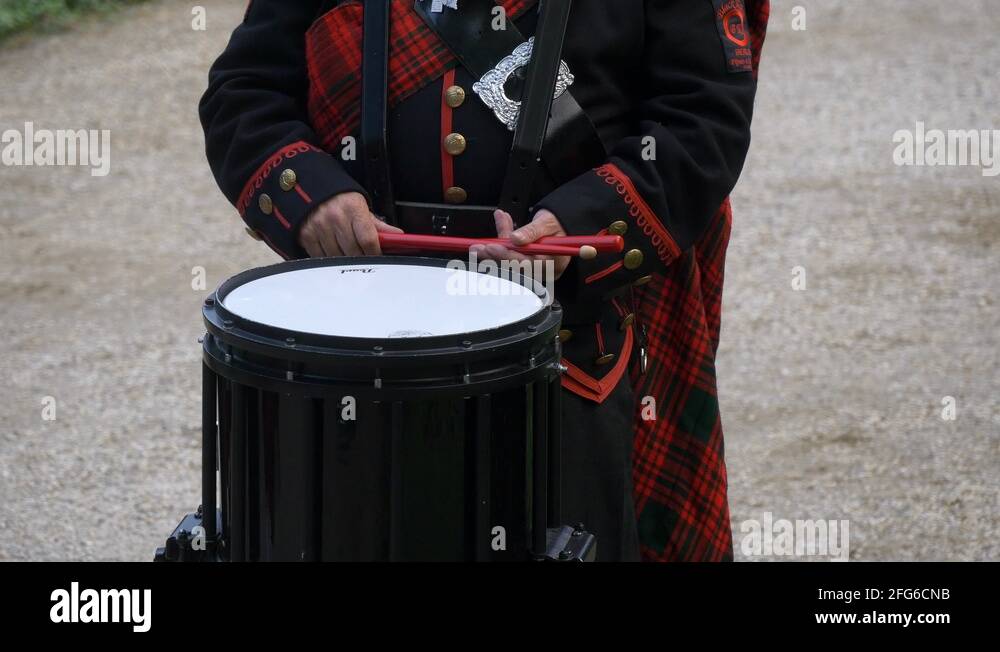

‘Every act of violence committed by the partisans must be punished immediately.’ ‘It is the duty of all troops and police in my command to adopt the severest measures, Kesselring had announced. In response, Field Marshal Albert Kesselring – a Hitler favourite and his supreme commander in Italy – ordered his men to resort to widespread brutality.

Over the winter of 1944 – 45, the Italian resistance had accounted for some 20,000 dead and injured German troops. The Germans had every reason to fear the Italian partisans. In German – controlled northern Italy in March 1945, his 40 SAS would be operating alongside 100 war-bitten Italian partisans.įarran was determined to stamp an indelibly ‘British’ mark on his operations to deter any reprisals. They tended to take out their anger on the local civilian populace, as a way to ‘dissuade’ further action by the resistance.įarran knew this from experience of previous behind-the-lines missions. Working behind enemy lines, especially in concert with local partisan groups, could lead to reprisals from the local German troops.

Surely this was anathema, running contrary to the very essence of silent, stealthy forces striking by utter surprise? But no, Farran’s was actually an inspired and wily plan. What does a Special Forces unit that is meant to operate in secret (quietly) behind enemy lines need with a (very loud) bagpiper? ‘Legendary SAS commander Major Roy Farran had put in a special request for what he saw as his secret weapon – a youthful Scottish piper in the shape of one David Kirkpatrick.

The subcontract turning we are now taking on is growing to such an extent that it almost matches the turnover from the chanter work, which is great from a business sense as we are no longer reliant on a single market.In his new book, author Damien Lewis recounts the exploits of the SAS and David ‘The Mad Piper’ Kirkpatrick and his role in Operation Tombola in northern Italy during WW2, an operation which saw him parachute behind enemy lines wearing his regimental kilt……. “Without the SLX lathe I couldn’t have developed the business in the way I have. “One major advantage of the XYZ SLX lathe is the time it gives back to me it is the equivalent of having another full-time member of staff, but at half the cost,” he says. With the arrival of this XYZ lathe, Hunter was able to expand further by taking on his first employee to help with some of the initial manufacturing processes, such as blocking out the laminate for turning. The immediate impact of the SLX lathe was that much of the subcontracted work could be brought back in-house, with lead times now virtually non-existent for machining parts. With the increase in business it became obvious that further investment would have to be made to keep up with demand, a notion which saw the arrival in May 2018 of an XYZ SLX 1630 ProTURN lathe.
Scottish buff bagpipe player manual#
Hunter duly started his business, Maverick Ltd, in a small industrial unit with a manual lathe producing practice chanters, an essential accessory for any budding or experienced bagpipe player.Īs the only manufacturer of coloured chanters, Maverick’s reputation grew and sales both in the home market and overseas – to countries such as the USA, Canada, New Zealand, Germany and Denmark – quickly developed. Having worked for several years at two of Scotland’s leading bagpipe manufacturers, Geordie Hunter decided in 2014 that the time was right for him to become his own boss.


 0 kommentar(er)
0 kommentar(er)
